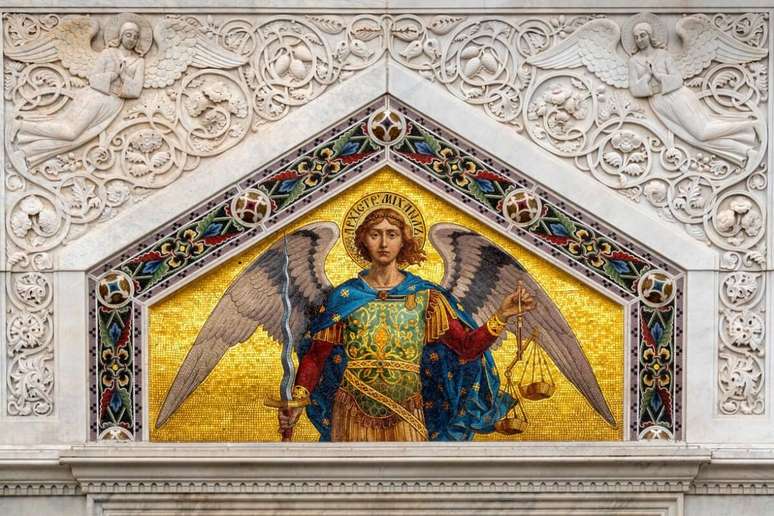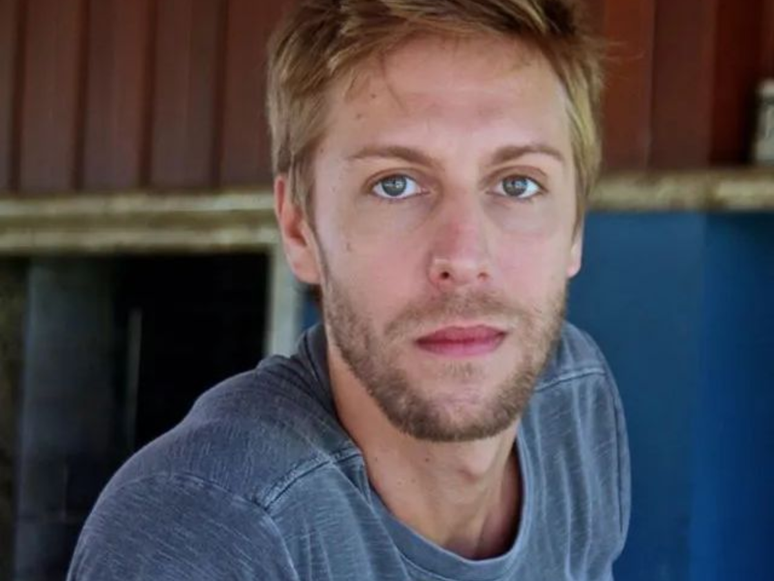The ribbon bikini branding, white slippers, team jersey, ruler hair and other symbols of the favelas represent the national aesthetic

Elements that make up the social imagery of what is typically peripheral and which is most often stigmatized have become a sort of movement in fashion and on social networks, which permeates national elites and is widely spread abroad. But the style vileiro, mandragora, chavoso, hip-hop and the most recent: “BrasilCore” have always had different meanings within the favela and outside the communities.
Thiagson, funk artist, music professor, USP doctoral student, composer and writer, explains the meaning of the word aesthetic and how it is experienced in the favelas of Brazil.
“The word “aesthetics” means “sensation”, that’s why the word “anesthesia” exists. A substance used to not feel the sensation of pain, the esthesia of pain. Aesthesia is sensation, aesthesia is the origin of the word “aesthetic”. This word is the main one in the world of arts. That is, we perceive Art through sensations. Talking about peripheral aesthetics means talking about how the suburbs perceive art”. Explain the teacher.
The young Henrique Santos, residing in Vila Nova Tiradentes, in Curitiba, identifies with the peripheral style and considers himself very “key in style”. And he understands that the style of clothing he wears causes different sensations depending on the places he frequents.
“Chavoso comes from the countryside, for us from the village someone with a “chavoso” style is the one who comes to really solve problems, to have fun, now for playboys it’s jail, because for them everything that comes from the suburbs is really a problem. ” Henry says.
The young man also claims that it’s not just about clothes or listening to a style of music, it’s an attitude towards life and a way of occupying the world.
According to Professor Thiagson the Peripheral Arts are strong, intense and surprising, because the suburbs feel the world in a loud, intense and screaming way. Again according to the professor, peripheral aesthetics is largely composed of the “esthetics of the villain”.
“Bad means, originally, villager. That is, praising the villain means praising the villagers (which in many places is the same as the residents of the favela). Only those who experience the villain know that the villain is not someone who was born “of evil”, but someone that our corrupt and unjust world has transformed from evil. Praising the villain is, in a sense, denouncing injustices and showing that the world as it benefits many people, but, on the other hand, crushes many more people. Therefore, the peripheral aesthetic is full of Joker, Evil Clown, Metralha Brothers, Woody Woodpecker,” explains Thiagson.
Resinify the favela and gain self-esteem:
Rafael Freire, Child Educator, professional photographer specializing in black leather surprises on social media for the way he portrays the Brazilian favelas. On the Instagram pages @rafaelfreire and @aflordafavela, the photographer shows his work from the point of view of belonging to the favela and surprises his audience with the aesthetics of his photos.
A resident of the “greenhouse agglomeration” community in Belo Horizonte, Rafael t overcame a deep depression and factional warfare in his community through photography. As a kindergarten teacher in a community school, he asked students to talk about what they saw and how they felt living in the community and was surprised by a poem about the lack of flowers in the favela, motivated by the children’s gaze , started her project of planting flowers in the favela and photographing her community.
“Before I planted flowers, I didn’t see the beauty in the favela, I couldn’t see the beauty in myself,” says Rafael.
Rafael’s photos go viral on social networks and comments like:
“Your photos and your technique are amazing, but stop photographing the favelas”.
“Favela is no cause for pride”
“Why do you only photograph favelas?”
“How do you make the favela beautiful?”
Faced with these comments, the photographer replies “I wanted to photograph what looks like me, that’s why I photograph inside the favela” says Rafael.
In addition to the sensitive gaze on the residents, the scenarios and the composition of the photography, all the captions carry the charm, the resistance and the resignation of the stereotypes associated with the favela.
The goal of Favela, a Flor que se Aglomera is to restore self-esteem and show the power of people in the community, offering free photo shoots for young people without economic conditions to be able to show their skills.
🇧🇷The best content in your email for free. Choose your favorite Terra newsletter. Click here!
Source: Terra
Ben Stock is a lifestyle journalist and author at Gossipify. He writes about topics such as health, wellness, travel, food and home decor. He provides practical advice and inspiration to improve well-being, keeps readers up to date with latest lifestyle news and trends, known for his engaging writing style, in-depth analysis and unique perspectives.








